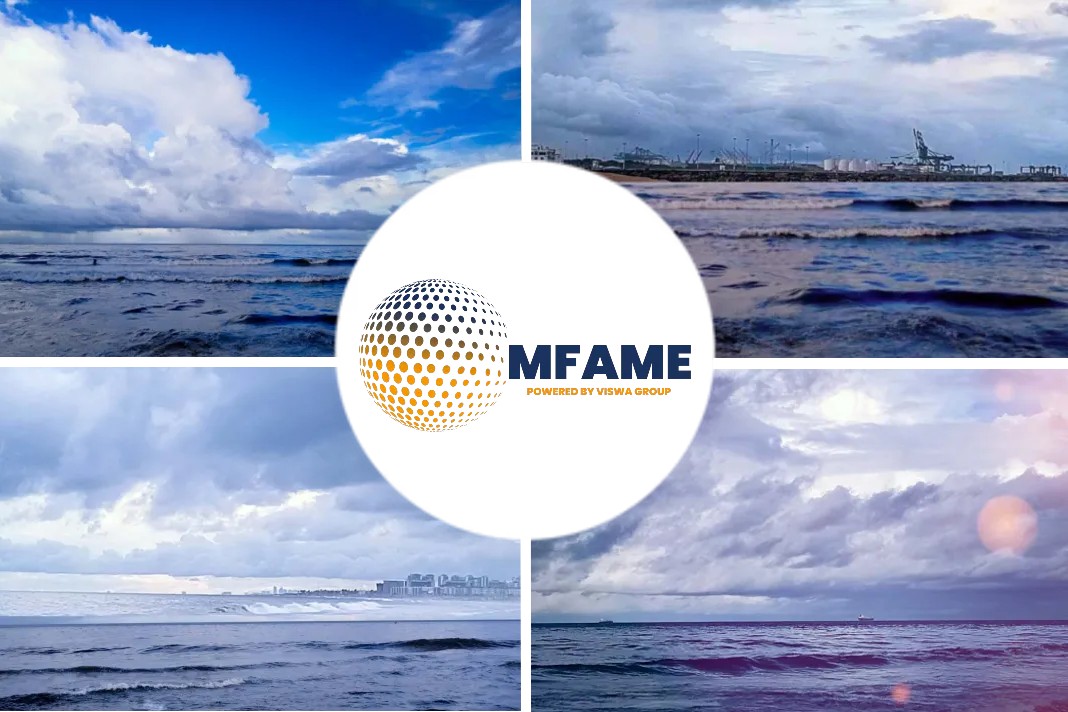Yara Birkeland’s batteries will be charged with clean Norwegian hydro-power during loading and unloading, lowering yearly CO2 emissions by about 700 tons, explained Esben Tuman, Yara’s corporate communications VP.
“The vessel will also slash NOx [nitrogen oxides] and SOx [sulfur oxides] emissions to zero and remove up to 40,000 annual truck journeys in populated urban areas, reducing noise and dust emissions and improving the safety of local roads,” Tuman added.
Kongsberg Maritime is responsible for the development and delivery of all key onboard enabling technologies. These include the sensors and integration required for remote and autonomous operations, in addition to the electric drive, batteries, and propulsion control systems.
“Yara Birkeland will be 100% electric. There will be no traditional engines. She will be powered from batteries that will be charged from the shore while the vessel is moored,” said Kongsberg’s strategic projects manager Peter Due.
Operations should start in the second half of 2018, shipping products from Porsgrunn to larger Norwegian ports. “The vessel will initially be manned, moving to remote operation in 2019 and expected to be capable of performing fully autonomous operations from 2020,” Due clarified.
Cyber Risk
Cyber security is a major concern for autonomous ships. New research published by Lloyd’s of London identifies it as one of the four top risks facing the shipping industry. Due confirmed Kongsberg would follow well-known security guidelines, such as those published by the International Maritime Organization and the International Chamber of Shipping. He views legislation as the major challenge to bringing the project to fruition by 2020.
“It is currently non-existent for autonomous vessels,” he noted. “To overcome this, we are working closely with the Norwegian Maritime Administration and Norwegian Coastal Administration on new legislation.”
As for costs, Due explained: “Yara Birkeland will be cheaper to build than a conventional, similar-sized container feeder vessel since there will be no accommodations area.” In addition, the lack of crew will further reduce operating expense.
“Yara Birkeland will set the benchmark for the application of innovative maritime technology for more efficient and environmentally friendly shipping.”
Tank Testing the Model
A 6-meter, 2.4-ton model of the Yara Birkeland was introduced to the public on 28 September, as trials commenced at SINTEF Ocean’s 80-meter test tank in Trondheim. At the event, Norwegian government enterprise ENOVA, which promotes the environmentally responsible production and consumption of energy, announced it will support the project with a US $16.7 million grant. Geir Håøy, president and CEO of Kongsberg Maritime, told guests at Trondheim that: “Initial tests of the model were successful, proving [the validity of] both the concept and the technology.”
Did you subscribe for our daily newsletter?
It’s Free! Click here to Subscribe!















![[Watch] Crazy Power Needed to Move World’s Largest Containerships](https://mfame.guru/wp-content/uploads/2023/11/mfame-tanker-100x70.jpg)

